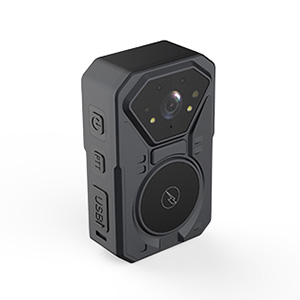
# Body-Worn Cameras: Enhancing Accountability and Transparency in Law Enforcement
## The Rise of Body-Worn Cameras in Modern Policing
In recent years, body-worn cameras (BWCs) have become an increasingly common tool for law enforcement agencies worldwide. These small devices, typically attached to an officer’s uniform, record audio and video interactions between police and the public. The adoption of this technology represents a significant shift in policing strategies aimed at increasing transparency and accountability.
## How Body-Worn Cameras Work
BWCs are designed to be lightweight and unobtrusive while providing high-quality recordings. Most models feature:
– HD video recording capabilities
– Night vision functionality
– Automatic activation in certain situations
– Secure cloud storage for evidentiary purposes
– Long battery life for extended shifts
The footage captured by these devices can serve as crucial evidence in criminal investigations and internal reviews of officer conduct.
## Benefits of Body-Worn Camera Implementation
### Increased Transparency
One of the primary advantages of BWCs is their ability to provide an objective record of police-public interactions. This transparency helps build trust between law enforcement and the communities they serve by:
– Documenting events as they occur
– Reducing disputes about what transpired during encounters
– Providing clear evidence for investigations
### Improved Officer Accountability
BWCs have been shown to influence officer behavior positively. Studies indicate that when officers know they’re being recorded, they tend to:
– Follow protocols more carefully
– Use less force in confrontational situations
– Demonstrate more professional conduct overall
### Enhanced Public Trust
Community members often report feeling more comfortable during police interactions when they know the encounter is being recorded. This mutual awareness of recording can:
– Deescalate potentially volatile situations
– Encourage respectful behavior from all parties
– Provide protection against false accusations
## Challenges and Considerations
While BWCs offer numerous benefits, their implementation isn’t without challenges:
### Privacy Concerns
Recording interactions raises important questions about:
– When cameras should be activated
– How long footage should be retained
– Who should have access to recordings
– How to balance public transparency with individual privacy rights
### Data Management
The vast amount of video data generated requires:
– Secure storage solutions
– Efficient retrieval systems
– Clear policies for data retention and deletion
– Significant financial investment in infrastructure
### Policy Development
Effective BWC programs require comprehensive policies addressing:
– When officers must activate their cameras
– How to handle sensitive recordings
– Procedures for public access to footage
– Consequences for policy violations
## The Future of Body-Worn Cameras
As technology advances, we can expect to see:
– Improved video quality with better low-light performance
– Integration with other law enforcement technologies
– Advanced analytics capabilities, including facial recognition (with appropriate safeguards)
Keyword: body worn cam
– Longer battery life and more durable designs
– Automated redaction tools for privacy protection
The continued evolution of BWC technology promises to further enhance their effectiveness as tools for accountability while addressing current limitations.
## Conclusion
Body-worn cameras represent a significant step forward in modern policing, offering tangible benefits for both law enforcement professionals and the communities they serve. While challenges remain in their implementation and use, the potential for these devices to improve transparency, accountability, and public trust makes them a valuable addition to contemporary law enforcement practices. As agencies continue to refine their BWC programs and policies, we can expect to see even greater positive impacts on police-community relations in the years to come.